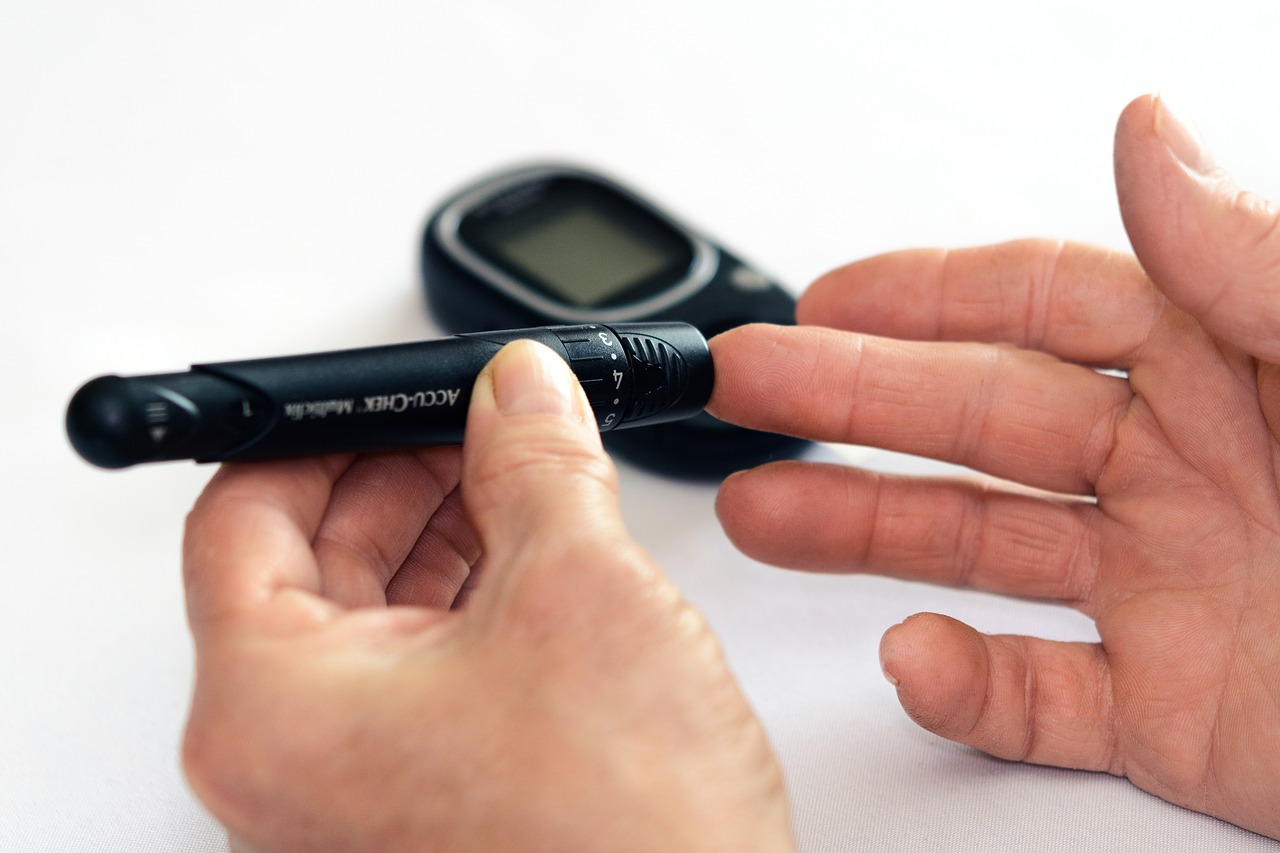What is HbA1c?

When you’re diagnosed with diabetes, there’s a lot of new terminology. What’s the difference between basal and bolus insulin? Why do we need continuous glucose monitoring? Which is the best app for carb counting? You end up with more questions than answers. For me, the most confusing thing was HbA1c. When I went for my first appointment with an endocrinologist, she told me that my HbA1c was 91 mmol/mol (10.5%). The target was 42 mmol/mol (6.0%). She didn’t tell me how to get there but instead sent me on my way with some testing strips and an insulin prescription. I’ve read a lot since then.
HbA1c stands for glycated hemoglobin. By measuring HbA1c levels, we determine blood sugar for the past two to three months. When blood glucose levels run high, more sugar attaches itself to the hemoglobin of your red blood cells to form HbA1c. Sugar doesn’t only attach itself to hemoglobin but also other proteins in the body like collagen which makes you age faster.
HbA1c targets vary, depending on what country you’re in. I live in the Czech Republic, where the target is to stay below 42 mmol/mol (6.0%). That is prediabetic levels, so many doctors are also happy to see HbA1c’s below the diabetic level of 48 mmol/mol (6.5%). While both these levels are better than most diabetics achieve, they correspond to average blood glucose levels of 7 mmol/l (126 mg/dl) and 7.8 mmol/l (144 mg/dl). It is much higher than normal blood glucose for a non-diabetic person. The normal HbA1c range for non-diabetics is between 20 mmol/mol (4%) and 38 mmol/mol (5.6%). To convert your HbA1c or check what average blood sugar level it corresponds to, check out this page.
My HbA1c target is to stay below 35 mmol/l (5.4%). I’ve stayed under this number for the past two years, and my last HbA1c reading was 32 mmol/mol (5.1%). A lower HbA1c reduces the risk for diabetic complications caused by the high blood sugars that many diabetics struggle with. The way I keep a low HbA1c is through a ketogenic diet. I live off meat, eggs, dairy, and vegetables. While it’s a strict diet that cuts out staple foods like rice, bread, and pasta, it allows me to have non-diabetic blood sugar. It’s well worth it.